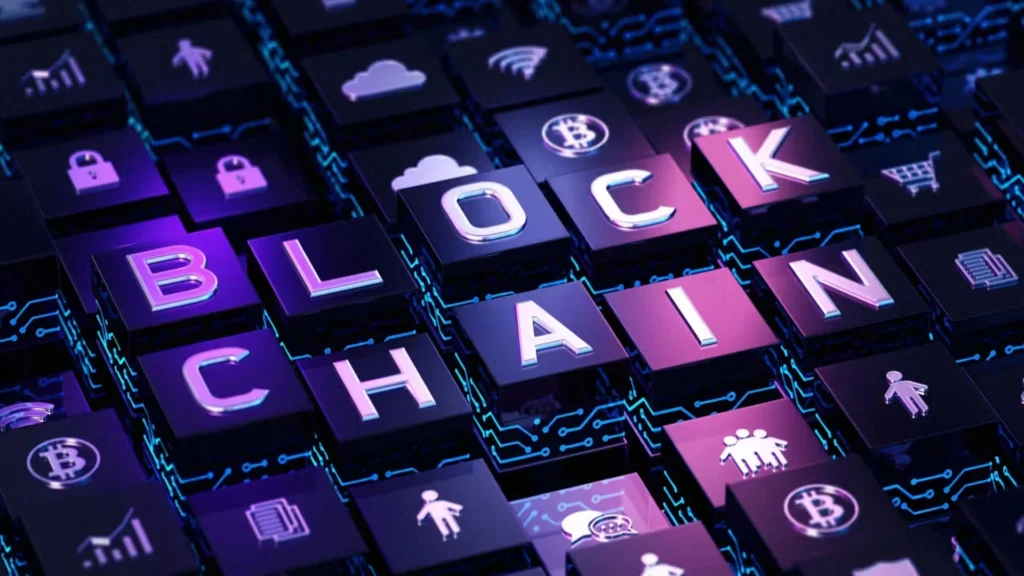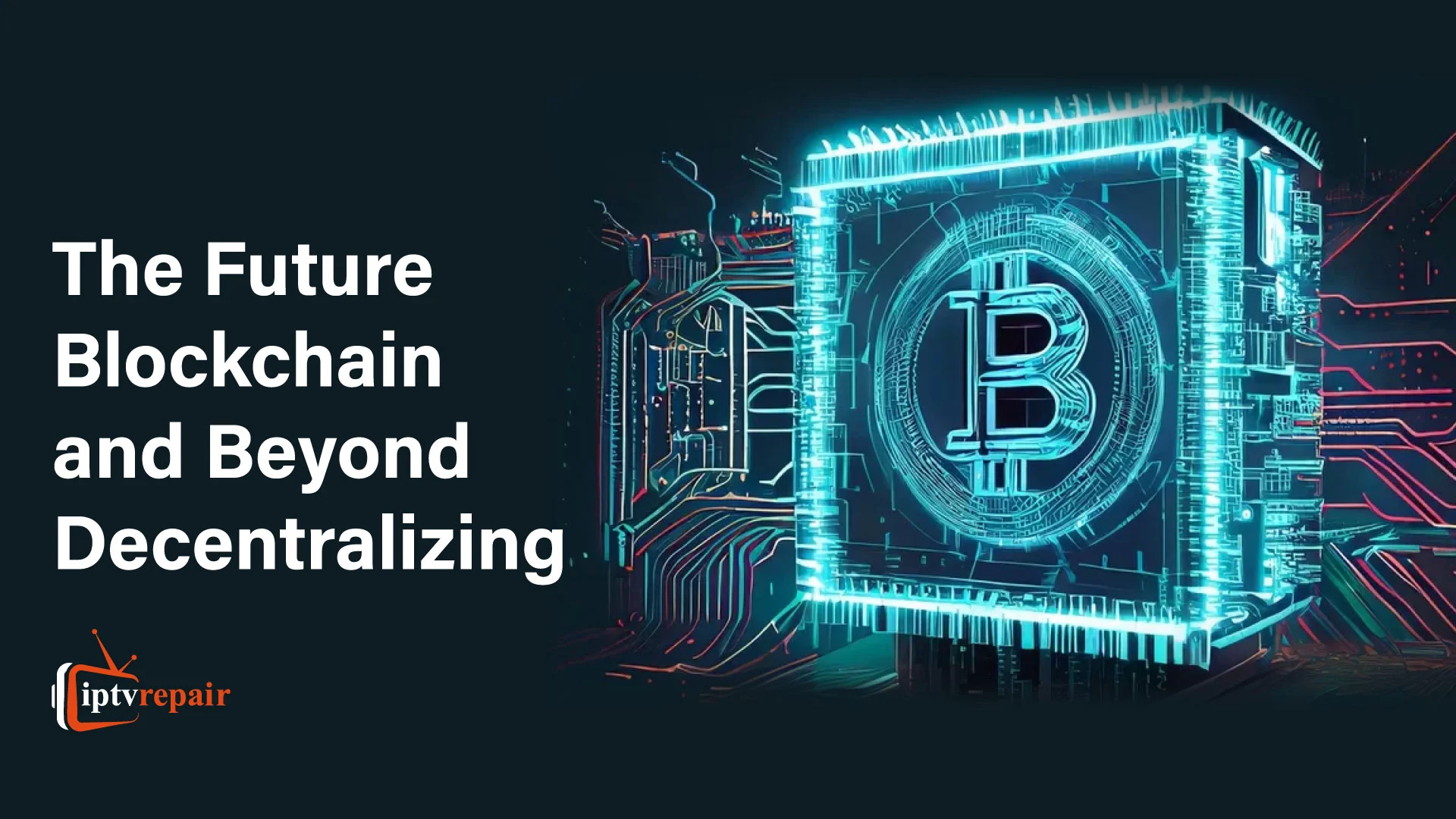Blockchain emerges as a transformative force in the ever-evolving technological landscape, delivering the traditional systems and ushering in a new era of trust and transparency Beyond its association with cryptocurrencies, blockchain’s power spans areas.

In the future of decentralization, It also begins to explore the unlimited possibilities that lie ahead
Understanding Blockchain Technology
A basic understanding is needed to understand the profound impact of blockchain. Analysis of basic principles such as distributed ledgers, consensus mechanisms, and immutability highlights how blockchain protects data and enables transparent and immutable recordkeeping, highlighting its role as a peer the emphasis on decentralized networks provides a greater appreciation of how this technology changes traditional systems.
Current Applications Across Industries
The versatility of blockchain allows it to be used in countless fields. Economically, this provides the ability to communicate quickly and cost-effectively. Ensures traceability and accuracy in supply chain management. Healthcare is using blockchain to secure patient data and increase connectivity. Meanwhile, the art world uses blockchain for provenance and digital ownership. By providing real-world examples, we demonstrate blockchain’s tangible impact on businesses today.
The Promise of Decentralization
Beyond its current uses, the essence of blockchain lies in its promise of decentralization. By disrupting traditional policy frameworks, blockchain envisions a future of democracy, empowering individuals and ending reliance on intermediaries By giving users control over their data and assets, blockchain promotes further freedom and security. The potential of decentralized organizations (DAOs) offers exciting possibilities for participatory decision-making, which promotes an equitable and inclusive society.
Challenges and Limitations
While blockchain holds great potential, it is important to acknowledge its limitations. Scalability, energy consumption, and interoperability create technical challenges that require continuous research and development. In addition, legal concerns and public acceptance require careful consideration. Overcoming these obstacles is key to realizing the full potential of blockchain and ensuring responsible integration.
You May Also Like: The Rise of Quantum Computing
Emerging Trends and Innovations
The future of blockchain is full of exciting developments. Continuous research such as layer-II solutions, interactive blockchain, and integration of blockchain with other technologies such as IoT and AI opens up possibilities to scale efficiency and increase efficiency Furthermore, blockchain with decentralized finance (DeFi) meets non-fungible tokens (NFTs) With the discovery of these developments that enhance its impact in the creative industries, we can anticipate the future expansion of decentralization.
Conclusion
Blockchain remains a transformative technology, decentralizing systems and redefining the future. Understanding its basic principles, current applications, and potential challenges paves the way for taking responsibility for their children. As blockchain continues to evolve and innovate, its potential to empower individuals, create trust, and transform industries increases exponentially. Embracing a decentralized future requires collaboration, openness, and engagement to harness blockchain’s potential for the greater good of society.
You can also read IPTV blogs
